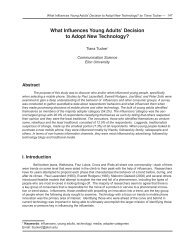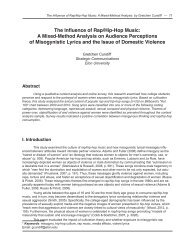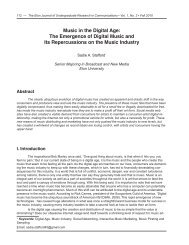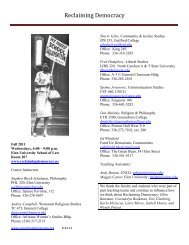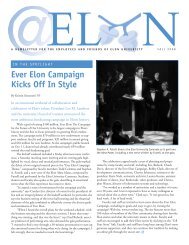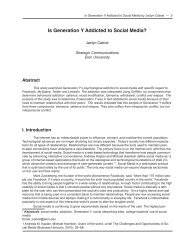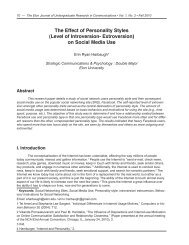In the Supreme Court of the United States In the Supreme Court of ...
In the Supreme Court of the United States In the Supreme Court of ...
In the Supreme Court of the United States In the Supreme Court of ...
You also want an ePaper? Increase the reach of your titles
YUMPU automatically turns print PDFs into web optimized ePapers that Google loves.
Subcommittee on Crime <strong>of</strong> <strong>the</strong> House Committee on <strong>the</strong> Judiciary, 99th Cong., 2d Sess., 40<br />
(1986) (House Hearing) (noting Congressman Smith’s suggestion to limit extortion because<br />
blackmail and <strong>the</strong> threat <strong>of</strong> slander present virtually no risk <strong>of</strong> physical violence). Conversely,<br />
<strong>the</strong> physical design <strong>of</strong> a sawed-<strong>of</strong>f shotgun demonstrates <strong>the</strong> degree <strong>of</strong> risk it poses. <strong>United</strong><br />
<strong>States</strong> v. Upton, 512 F.3d 394, 404 (7th Cir. 2008) (“[T]he shortened barrel . . . increases <strong>the</strong><br />
spread <strong>of</strong> <strong>the</strong> shot when fired at close range—[a fact] that spurred Congress to require<br />
registration.”). The Eighth Circuit held that it was capable <strong>of</strong> producing “indiscriminate<br />
carnage” similar to an explosive. Vincent, 575 F.3d at 826. The possession <strong>of</strong> a sawed-<strong>of</strong>f<br />
shotgun, <strong>the</strong>refore, produces at least a similar degree <strong>of</strong> risk as <strong>the</strong> enumerated <strong>of</strong>fenses.<br />
3. Possession <strong>of</strong> an unregistered sawed-<strong>of</strong>f shotgun is similar to <strong>the</strong> enumerated<br />
<strong>of</strong>fenses in <strong>the</strong> kind <strong>of</strong> risk posed because it serves no lawful purpose.<br />
To qualify as a violent felony, an <strong>of</strong>fense does not need to be violent per se; ra<strong>the</strong>r, it<br />
must “involve conduct that presents a serious potential risk <strong>of</strong> physical injury.” § 924<br />
(e)(2)(B)(ii). The enumerated <strong>of</strong>fenses present a risk <strong>of</strong> harm only when <strong>the</strong> <strong>Court</strong> considers<br />
o<strong>the</strong>r common variables. See James, 550 U.S. at 203. For example, nei<strong>the</strong>r burglary nor<br />
attempted burglary requires a demonstration <strong>of</strong> violence; however, both burglary and attempted<br />
burglary involve <strong>the</strong> risk <strong>of</strong> confrontation that can result in violence. Id. The risk <strong>of</strong> violence,<br />
<strong>the</strong>refore, depends upon whe<strong>the</strong>r <strong>the</strong>re is an encounter. Id. at 204. Likewise, arson does not<br />
require a showing <strong>of</strong> violence; ra<strong>the</strong>r, it is <strong>the</strong> presence <strong>of</strong> o<strong>the</strong>rs nearby that creates <strong>the</strong> risk. Id.<br />
at 200 (“[T]he fire could harm firefighters and onlookers.”).<br />
<strong>In</strong> Sykes, this <strong>Court</strong> reasoned that vehicle flights meet <strong>the</strong> requisite kind <strong>of</strong> risk because<br />
<strong>of</strong>ficers are always present during <strong>the</strong> encounter and <strong>the</strong> fleeing felon can use <strong>the</strong> vehicle to<br />
cause physical injury to <strong>the</strong> <strong>of</strong>ficer. Sykes, 131 S. Ct. at 2274. Similarly, <strong>of</strong>ficers who encounter<br />
individuals with unregistered weapons face <strong>the</strong> risk that <strong>the</strong> <strong>of</strong>fender will use <strong>the</strong> weapon to<br />
24




